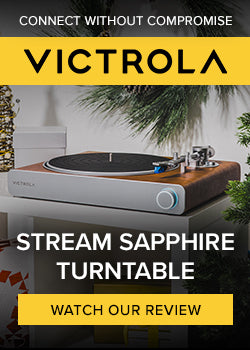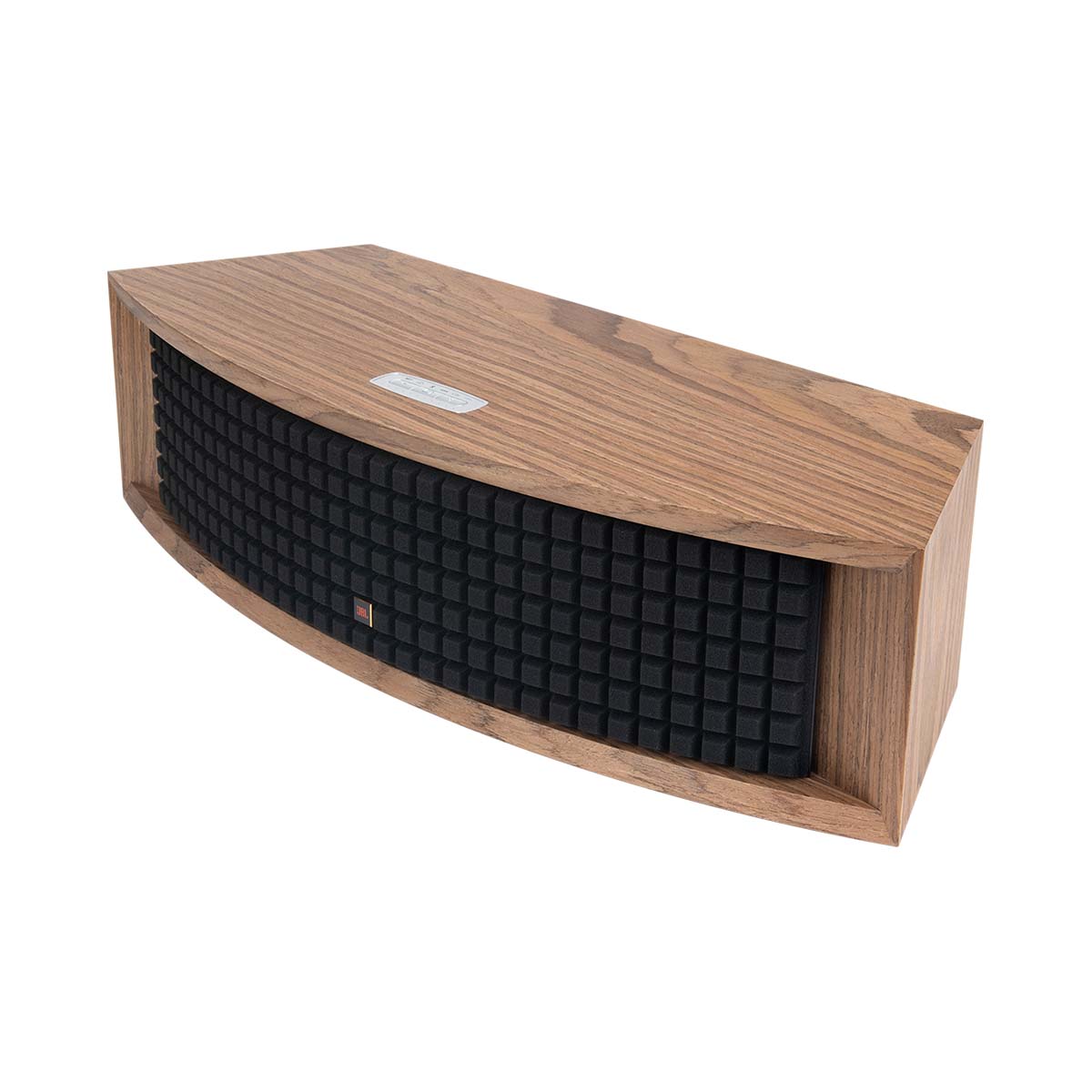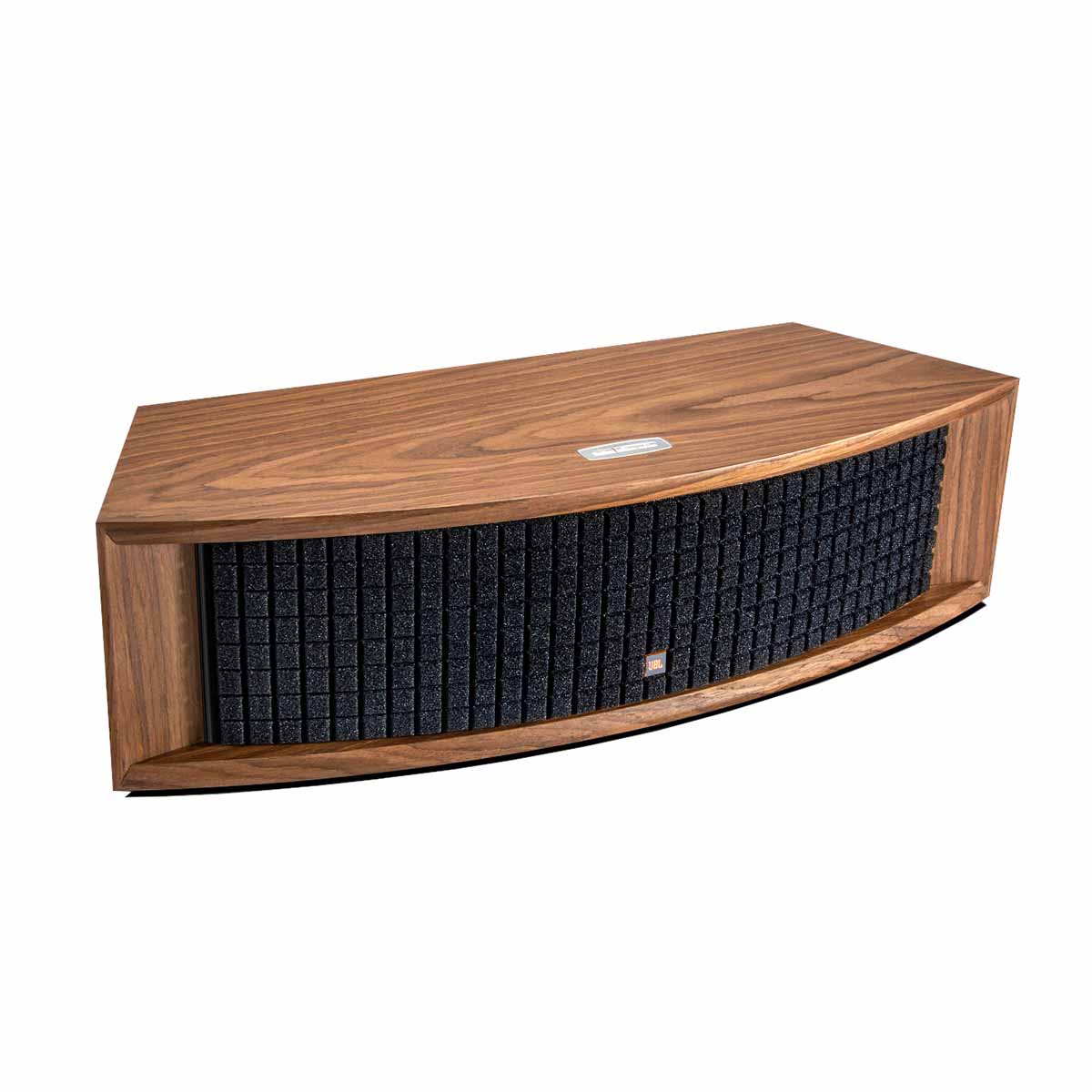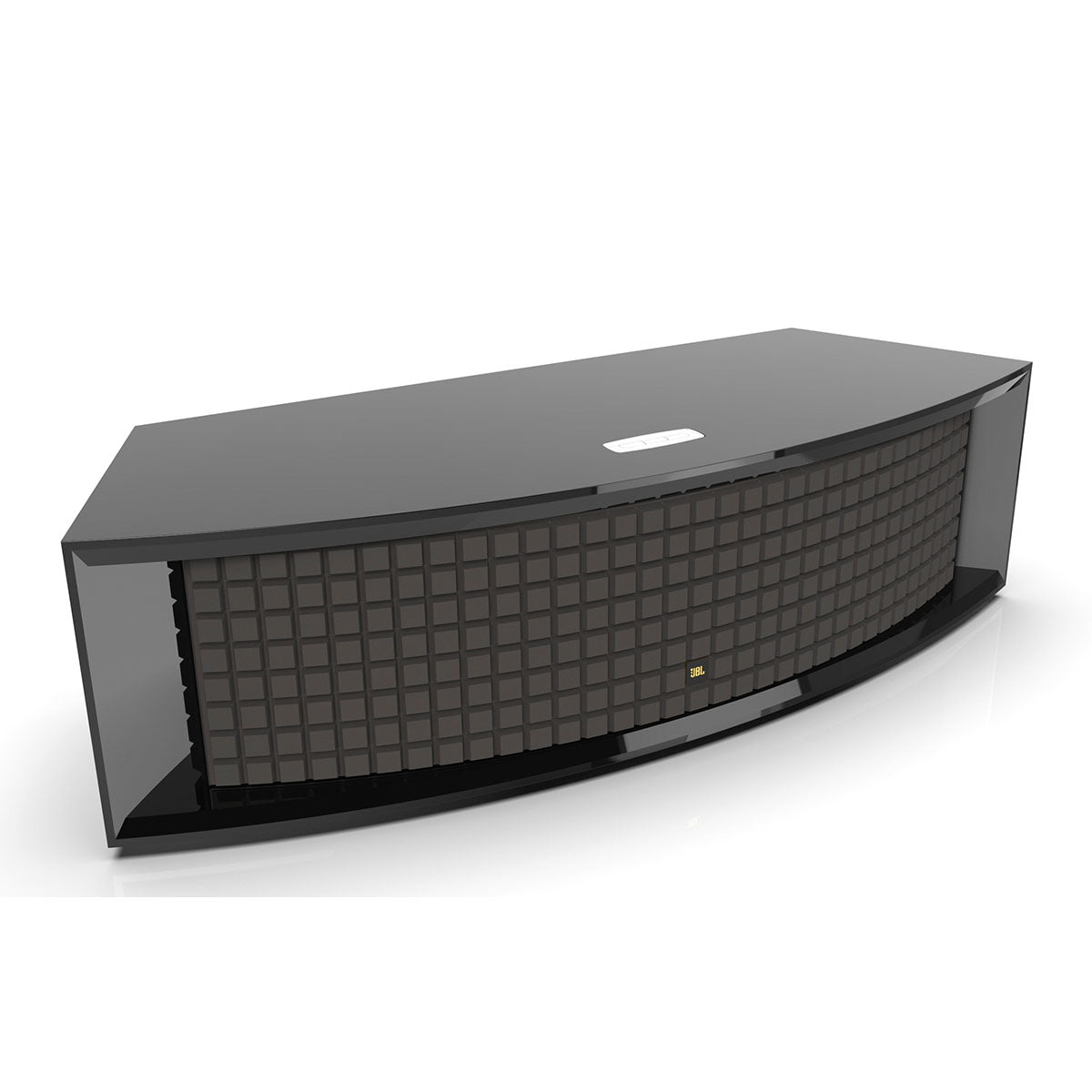The JBL L75ms also adds a better DAC section, allowing resolution of up to 32-bit/192kHz sampling rates. This means you can fully take advantage of the higher-resolution music offered by streaming services like Qobuz and Tidal and local files stored in your network.
Sound Field Enhancement, or SFX, is an additional feature offered on the L75ms that allows users to expand on the stereo soundstage and image of the speaker. This effect expands the ambient information in your favorite music, making the soundstage seem larger and more spacious.
Performance
Our team loves to test products like the JBL L75ms and L42ms. They are so easy to set up and work that they make for an easy evaluation. The L75ms and L42ms were no different, as it was just a matter of minutes before we were enjoying the tunes. We used ethernet and WiFi to connect these units to the network to test the viability of both connection methods. We were happy to report that both worked flawlessly while doing our tests.
After downloading the app and connecting our phone to the speakers, we used the JBL app for our Qobuz listening but also listened to Tidal and Spotify tracks directly from the app to make sure these speakers could handle multiple situations. Whether using the dedicated JBL app or directly from the streaming app, the transmission from the phone to the JBL speakers worked great with little to no hiccups along the way.
Porcupine Tree’s 2002 album In Absentia has great music and studio work. This prog-rock classic is a great test of a speaker's ability to handle both hard-driving dynamics and softer passages. The JBL L42ms sounded great and had the detailed American sound JBL is known for. The bass was tight and detailed, giving bass drums and bass guitar their proper place in the mix. The guitars had great tone, and voices sounded balanced without sibilance. The aluminum dome tweeters provided good cymbal detail without sounding grating or bright. Soundstage and imaging were good for a one-piece system but could not match a properly set up two-channel system. The L75ms took everything good about the L42ms and amplified it. We could tell there was more power on tap as the dynamics took another step up in performance. The bass was both richer in tone and more detailed. Where the performance truly got an upgrade was in the midrange and treble detail and quality. The L75ms, with its dedicated midrange driver, had more midrange detail in guitars and vocals. Treble got a boost as well with the 1” tweeters. Cymbals had more body, and the tweeters seemed to be able to handle more output without sounding strained. With the Sound Field Enhancement turned on, the L75ms opened up in the soundstage, which gave us a little more of the taste of a true two-channel separate system. We never forgot we were listening to an all-in-one product, but this effect did help with openness without affecting tonal quality.









































